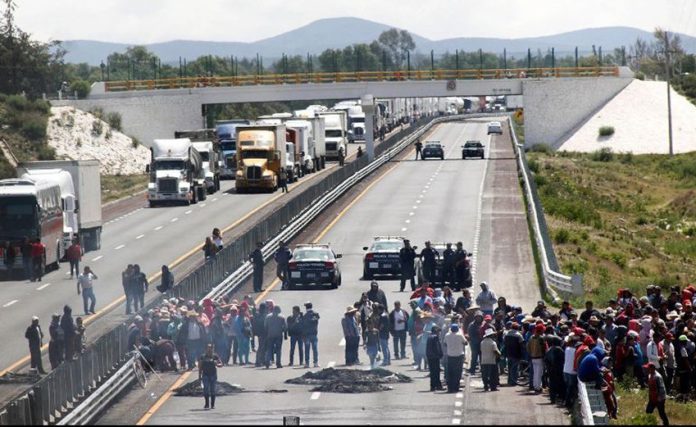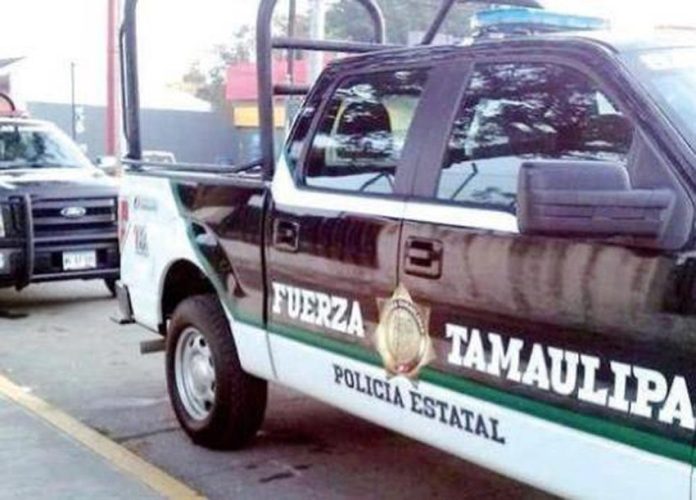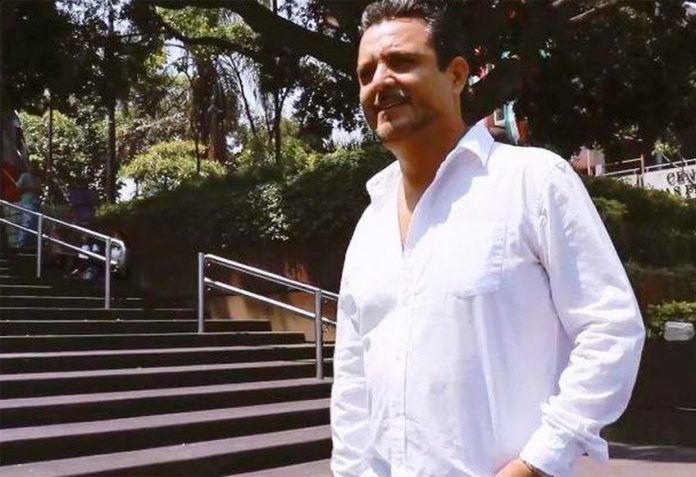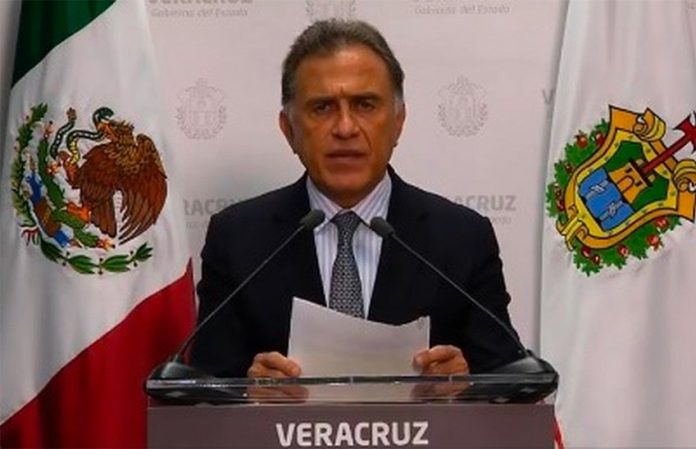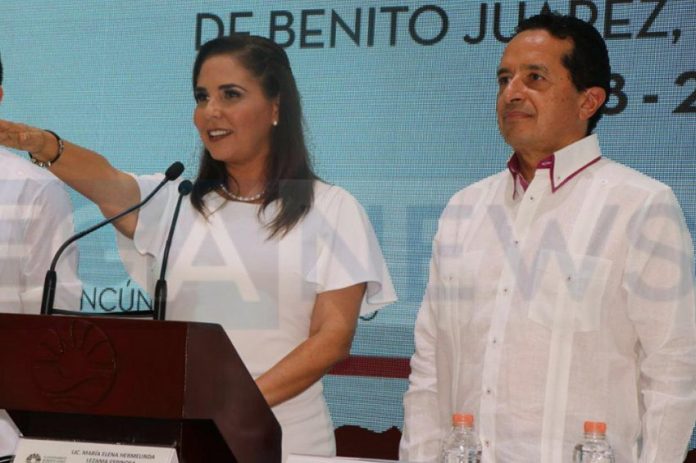President-elect López Obrador once more criticized the federal transparency agency Inai, asserting that it has “done nothing” yet its council members earn high salaries.
In an interview with the newspaper El Financiero, López called Inai — the institute for transparency, access to information and protection of personal data — a “golden bureaucracy” that has failed to yield the expected results.
“There are examples [of high bureaucracy], like the transparency institute. Council members earn like 250,000 pesos every month and what have they done? Nothing,” he said.
According to data made available by the Secretariat of Finance, each of the seven Inai council members earns 3.4 million pesos (over US $182,000) per year, or 286,000 pesos (about $15,200) a month.
“Have they stopped corruption?” he continued. “No, on the contrary, when [Inai] was founded they decided that they would keep under wraps the returns of big taxpayers. Not long ago, that same institute resolved to keep the Odebrecht [corruption] case secret,” López Obrador charged.
Yesterday was not the first time he criticized the agency. In November, he wrote on social media that “the transparency institute, a fancy bureaucracy that costs the public coffers a billion pesos per year, considered [ex-president] Vicente Fox’s multi-million-peso tax refund and the Odebrecht case secret and keeps under wraps the swindle that was the purchase of the Agro Nitrogenados plant.”
(The latter was Pemex’s 2014 purchase of a fertilizer plant for a price since considered too high and, by last year, with nothing to show for it, according to the Federal Auditor’s Office.)
Source: El Financiero (sp)

